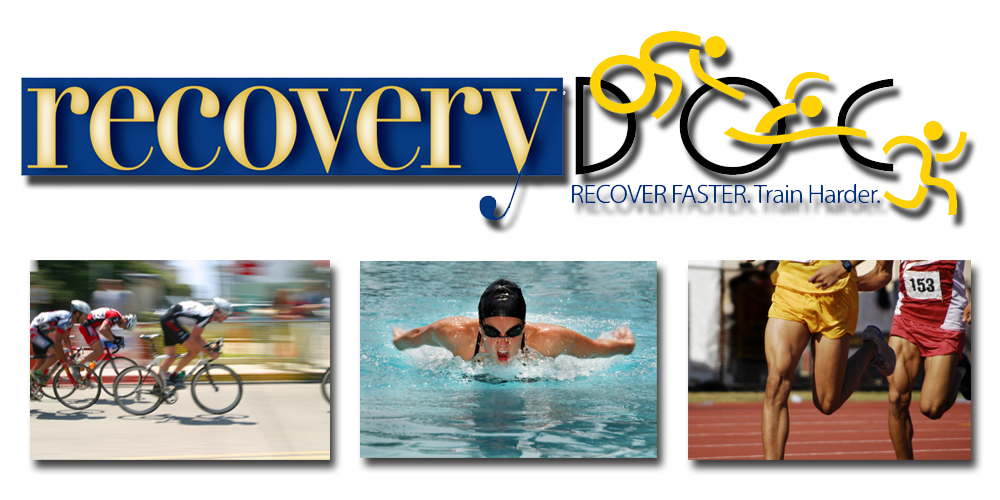The Effect of Lace-up Ankle Braces on Injury Rates in High School Football Players
- Timothy A. McGuine, PhD, ATC (tmcguine@uwhealth.org)
- Scott Hetzel, MS
- John Wilson, MD, MS
- Alison Brooks, MD, MPH
Abstract
Background: Although ankle injuries occur frequently in high school football players, no prospective studies have been performed to determine if wearing lace-up ankle braces will reduce the incidence and severity of ankle and other lower extremity injuries in these athletes.
Purpose: This study was conducted to determine if lace-up ankle braces reduce the incidence and severity of lower extremity injuries sustained by high school football players.
Design: Randomized controlled trial; Level of evidence, 1.
Methods: A total of 2081 players from 50 high schools were randomly assigned to a braced or control group. Braced group players wore lace-up ankle braces during the 2010 football season. Athletic trainers recorded brace compliance, athlete-exposures, and injuries. Cox proportional hazards models were utilized to compare injury rates between groups. Injury severity (days lost) was tested with Wilcoxon rank sum.
Results: The rate of acute ankle injury (per 1000 exposures) was 0.48 in the braced group compared with 1.12 in the control group (Cox hazard ratio [HR] = 0.39; 95% confidence interval [CI], 0.24-0.65; P < .001). The severity (median days lost) of acute ankle injuries was the same (5 days) in both groups (P = .985). The rate of acute knee injury was 0.70 in the braced group compared with 0.69 in the control group (HR = 0.92; 95% CI, 0.57-1.47; P = .721). There was no difference (P= .242) in the severity of knee injuries between the groups (controls = 11.5 days, braced = 17 days). The rate of other lower extremity injuries was 0.95 in the braced group and 1.32 in the control group (HR = 0.72; 95% CI, 0.48-1.09; P = .117), while the severity was similar in both groups (6 days vs 7 days; P = .295).
Conclusion: Players who used lace-up ankle braces had a lower incidence of acute ankle injuries but no difference in the incidence of acute knee or other lower extremity injuries. Braces did not reduce the severity of ankle, knee, or other lower extremity injuries.









.JPG)




